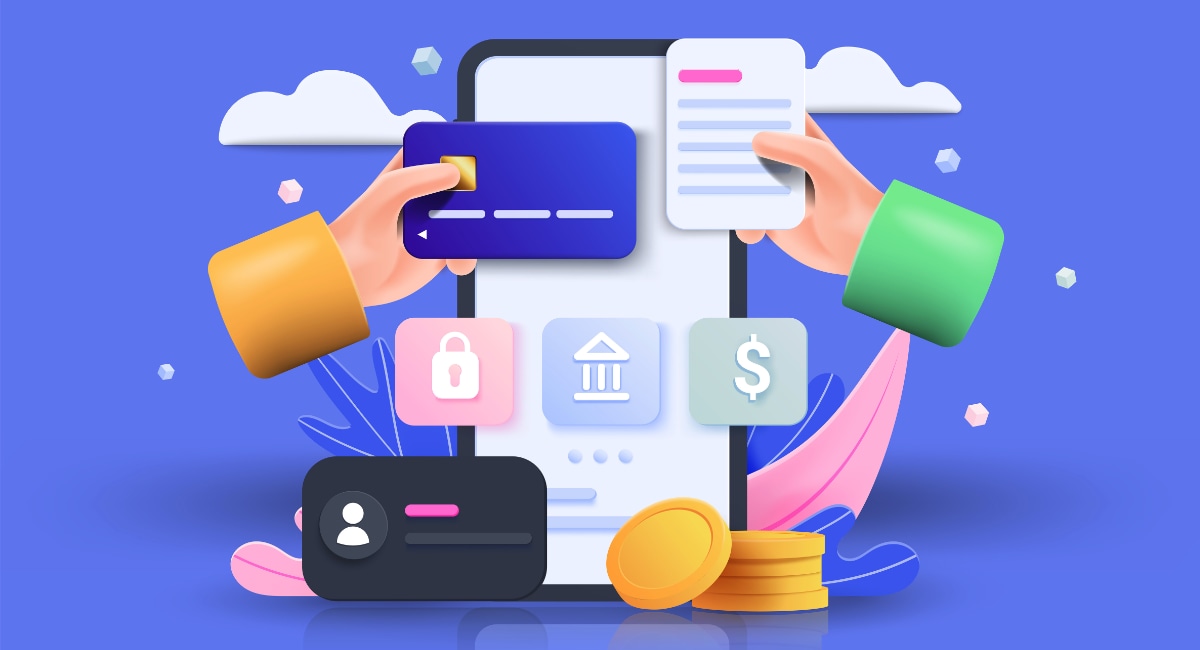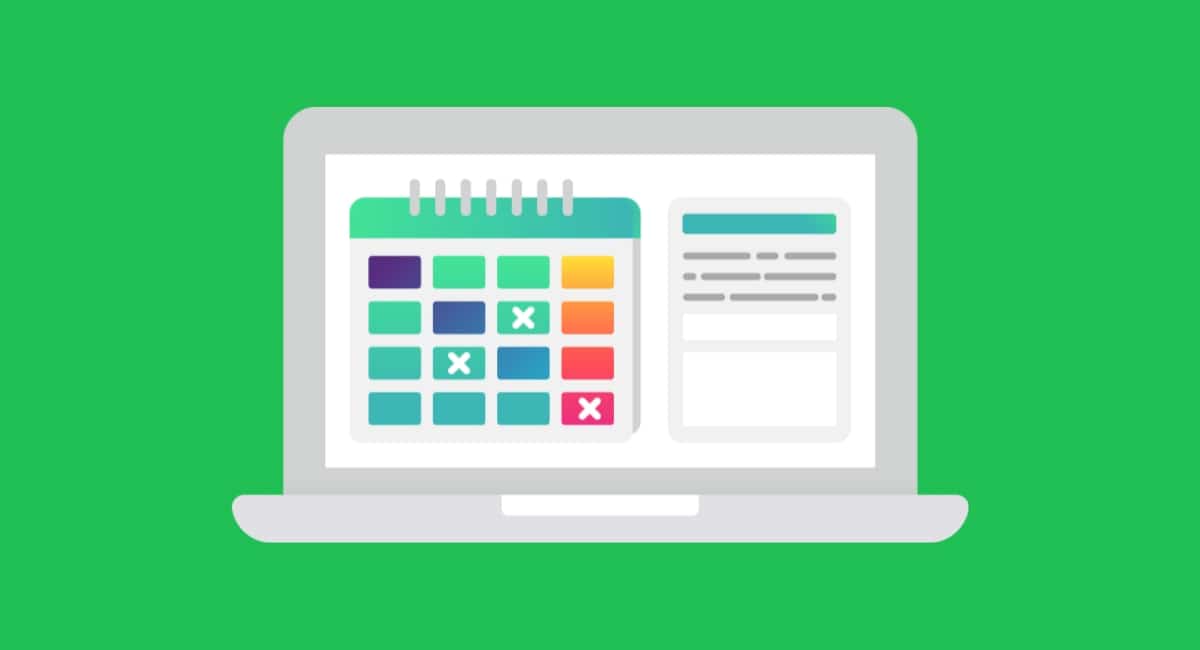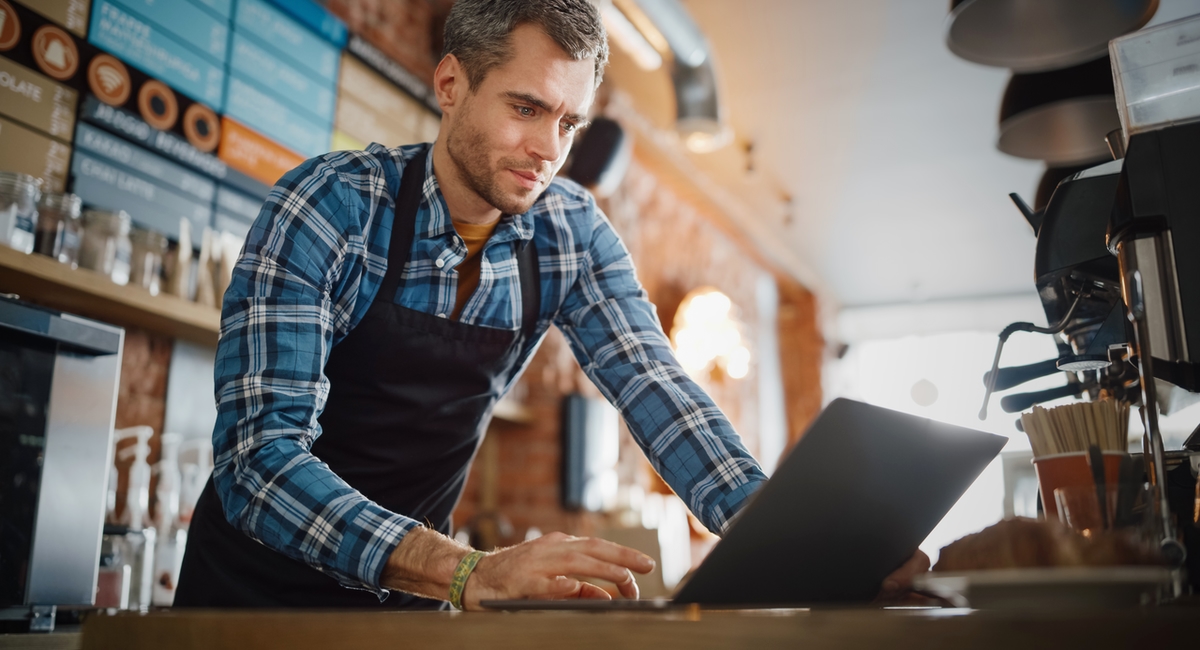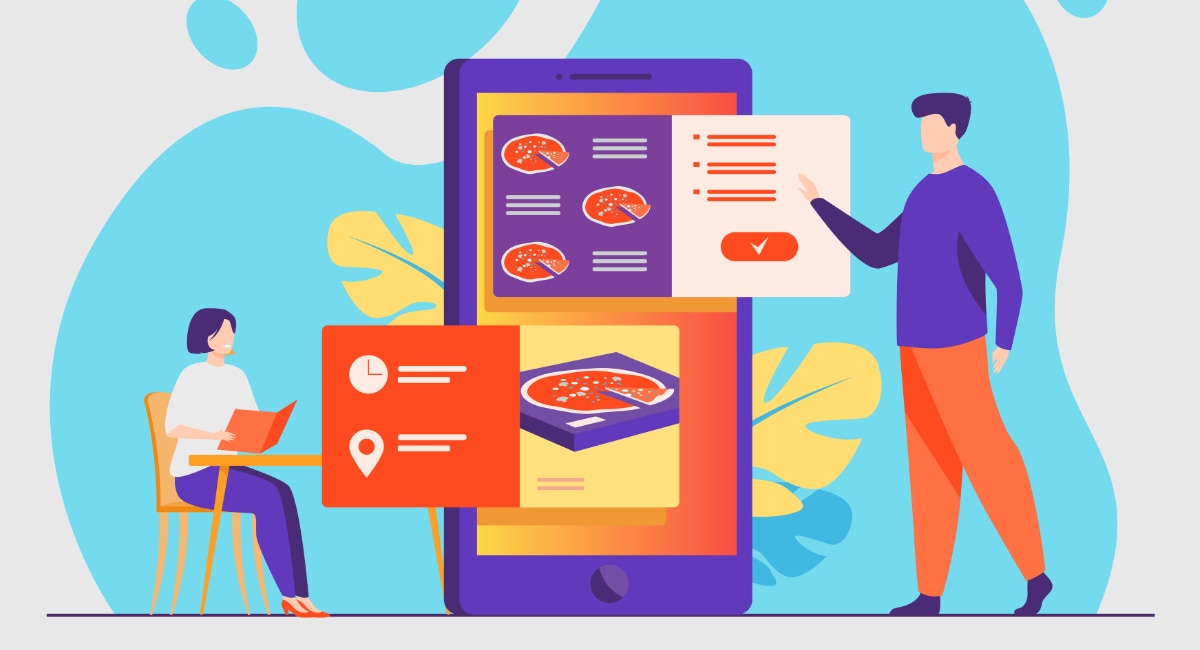A specific type of commerce has grown considerably in recent years: m-commerce. But what is it?
Short for mobile commerce, m-commerce refers to buying and selling through a mobile device, not a computer. It is a subtype of the broader term ecommerce, which refers to any electronic commerce (“e-commerce”) conducted online.
M-commerce definition
Mobile commerce (m-commerce) refers to any commercial transactions conducted on a mobile device such as a smartphone or tablet.
M-commerce has a fairly broad meaning covering different mobile transactions happening over the internet.
For example, you can shop online in your mobile browser or apps for buying or selling. Banking apps facilitate m-commerce when transferring money to settle payments. Subscription-based apps like Spotify and Now TV are designed to be used on a mobile device, and so are on-demand services like Uber and Deliveroo.
Using the hardware technologies of your mobile device is another angle of m-commerce. Think of mobile wallets like Apple Pay that use your phone’s near-field communication (NFC) for contactless taps and your phone that scans QR codes for touch-free ordering. SMS payments and email invoices are other ways to settle transactions through your phone.
Due to the development of faster mobile connections, normalisation of smartphones and global pandemic, m-commerce has for many become the preferred way to conduct their business online.
Types of m-commerce
Smartphones are very versatile devices with the ability to incorporate payments into different business scenarios. The types of mobile commerce can roughly be grouped into three areas:
Browser-/web-based: Websites where you can buy, order or subscribe to products or services. Typically requires entering card details on a web page or paying with your mobile wallet.
Examples:
Apps: Native apps with built-in buying or selling features, or in-app purchases/upgrade options. Often, you can save card details in such apps to make transactions quick and easy.
Some apps also provide a particular function that encourages buying at a later stage, such as customer loyalty apps and “try before you buy” apps.
Examples:
In-person: Any in-person payment method that relies on your phone to process the payment.
Examples:




